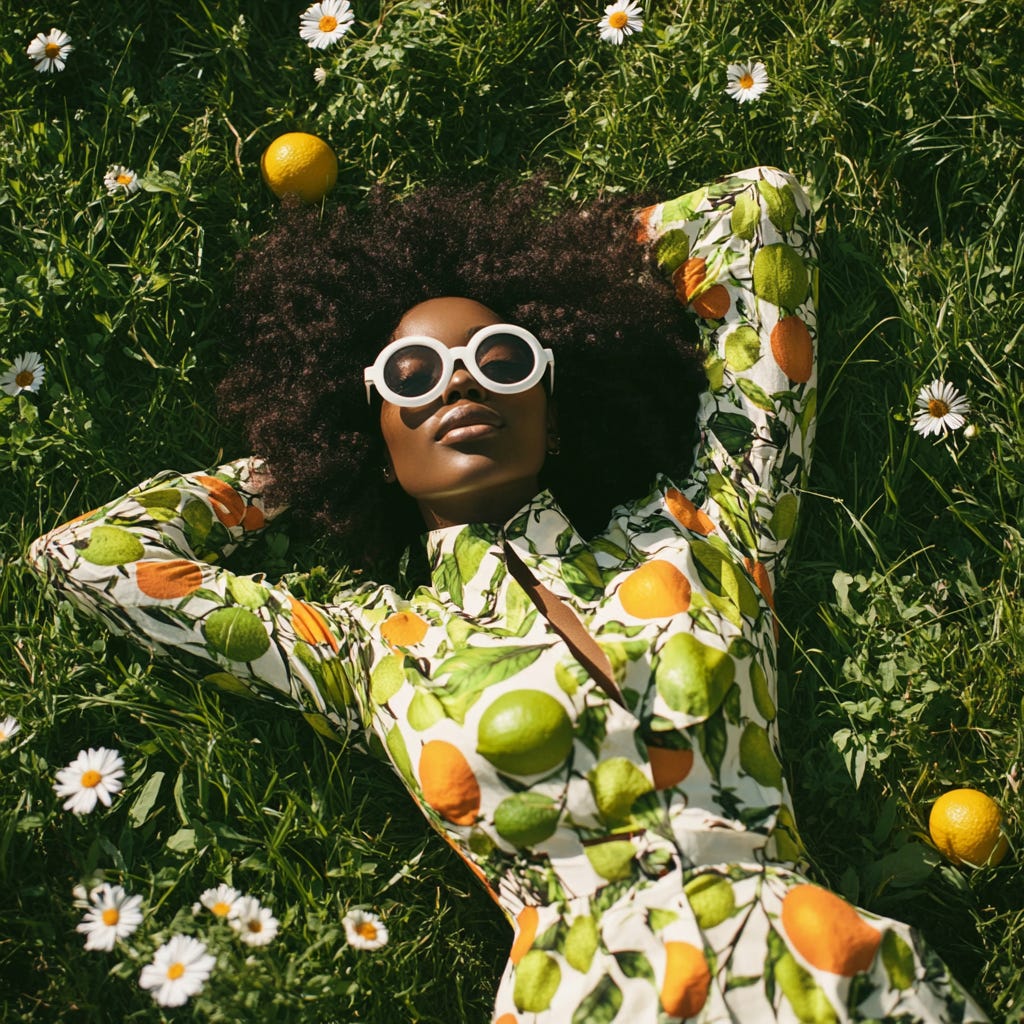Healthy Work
Cultivating Sustainable Creativity
Last month, I sat across from one of the most talented directors I know as she told me she was quitting theater. After fifteen years of acclaimed productions and a rising career trajectory, she was done. "I just can't do it anymore," she said, her voice heavy with exhaustion. "The pace, the pressure, the constant hustle—it's killing my love for the art."
This conversation wasn't unique. As someone who coaches filmmakers and produces film and television, I've witnessed an epidemic of burnout in the creative community. While much has been written about the broader crisis of workplace burnout in late-stage capitalism, artists face their own particular challenges. The myth of the suffering artist, combined with the gig economy's demands and the global financial contracture in the film and television industry, has created a perfect storm of unsustainable practices.
But what if quitting—yes, quitting—is exactly what we need? What if walking away from unhealthy patterns of working isn't giving up, but the first step toward something better? The real question becomes beautifully simple: what does healthy work look like for you?
Through 15 years of healthy collaborations working with the directors I produce and the creators I coach, I've observed several crucial elements that contribute to healthy, sustainable creative practice:
Physical Space and Time
The most obvious yet often overlooked aspect of healthy work is the physical environment. Artists who sustain long-term careers often have a dedicated space for their craft, even if it's just a corner of a room. But beyond physical space, they've learned to protect their time. One writer I work with discovered she could only access her deepest creativity during early morning hours. By honoring this pattern instead of fighting it, her work transformed.
Psychological Safety
Creative work requires risk-taking, and risk-taking requires safety. This safety comes in multiple forms:
Financial stability (even if modest)
Emotional support systems
Freedom to fail without catastrophic consequences
Community of peers who understand the work
The artists I've seen thrive long-term have all found ways to create these safety nets, often through unconventional means. Some have developed multiple income streams, others have formed artistic cooperatives, and many have redefined success on their own terms.
Rhythms and Boundaries
Sustainable creative practice isn't about constant production. The most resilient artists I know work in pulses—periods of intense creation followed by deliberate rest. They've learned to recognize and respect their natural rhythms. One visual artist I coach works in six-week sprints followed by two weeks of complete disconnection from her practice. Her annual output hasn't decreased; if anything, it's become more focused and powerful.
Community and Connection
Perhaps the most surprising discovery in my work has been the vital importance of community. The myth of the solitary artist creating in isolation rarely leads to sustainable practice. The healthiest working artists I know have strong connections with peers, mentors, and audiences. These relationships provide not just emotional support but practical resources, creative feedback, and professional opportunities.
Practical Steps Toward Healthy Work
Based on these observations, here are some concrete steps for creating healthier working conditions:
Audit your energy patterns: Track when you do your best work and protect those hours fiercely
Create boundaries around your creative space and time
Build multiple forms of security—financial, emotional, and professional
Develop relationships with other artists who understand your challenges
Design work rhythms that include both intensive creation and genuine rest
A New Vision of Creative Work
The struggling artist archetype needs to die. Not because creating art isn't challenging—it is—but because perpetuating the myth that suffering is necessary for creativity helps no one. The truth I've witnessed repeatedly is that artists do their best work when they feel secure, supported, and well-rested.
As we navigate the changing landscape of work in the 21st century, artists have an opportunity to model healthier ways of working. By rejecting the burnout culture and creating conditions that actually support creativity, we can show that sustainable creative practice isn't just possible—it's essential for producing our best work.
The director I mentioned earlier? After taking three months completely away from theater, she's slowly returning—but on her own terms. She's working with a collective of other directors to share resources and support. She's setting firm boundaries around her time and energy. Most importantly, she's rediscovering her love for the craft by creating conditions that support rather than drain her.
That's what healthy work looks like: not a reduction in commitment or passion, but a sustainable way to keep that passion alive.



